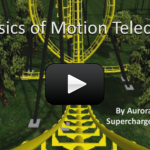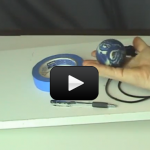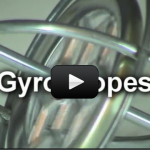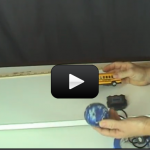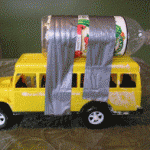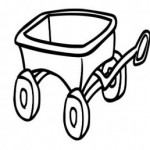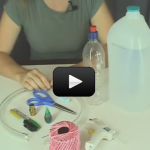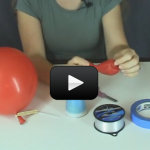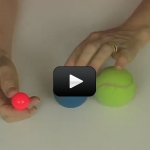Before we get into Newton’s Second Law, we need to get up to speed with acceleration. In physics acceleration is defined as a change in velocity. In other words, it is a change in speed or a change in direction. It is how much time it takes something to go from one velocity to another.Remember that velocity is speed and direction. If you go straight ahead on your bike at a constant speed of 5 mph you are not accelerating. Neither your speed nor your direction is changing. Now, if you are stopped at a stop light and it turns green, you are accelerating as your speed increases from 0 mph to 10 mph.
The same thing happens if you are traveling at a nice even 10 mph and slow to a stop.In physics we don’t use the word deceleration. We use positive and negative acceleration. Now what happens if you are in a car and it turns a corner at a constant speed of 15 mph? Is it accelerating or not? Well, the speed is not changing but its direction is, so it is indeed accelerating.Remember back when we talked about gravity? We learned that gravity accelerates things at 32 feet per second². Now this may make a little more sense. Gravity made something continue to increase in speed so that after one second of having the force of gravity pull on something, that something has reached a speed of 32 feet per second. When that thing started falling it was at 0 velocity, after a second it’s at 32 feet per second after 2 seconds it’s at 64 feet per second and so on.It’s the old formula v = gt or velocity equals the gravitational constant (32 ft/s²) times time.
The same thing happens if you are traveling at a nice even 10 mph and slow to a stop.In physics we don’t use the word deceleration. We use positive and negative acceleration. Now what happens if you are in a car and it turns a corner at a constant speed of 15 mph? Is it accelerating or not? Well, the speed is not changing but its direction is, so it is indeed accelerating.Remember back when we talked about gravity? We learned that gravity accelerates things at 32 feet per second². Now this may make a little more sense. Gravity made something continue to increase in speed so that after one second of having the force of gravity pull on something, that something has reached a speed of 32 feet per second. When that thing started falling it was at 0 velocity, after a second it’s at 32 feet per second after 2 seconds it’s at 64 feet per second and so on.It’s the old formula v = gt or velocity equals the gravitational constant (32 ft/s²) times time.
If something has an acceleration of 5 ft/s² how fast will it be going after 1 second…2 second…3 seconds? After one second it will be going 5 ft/s; after two seconds 10 ft/s; and after three seconds 15 ft/s. Again, it’s just like v = gt (v is velocity, g is the gravitational constant, t is time) but put the rate of acceleration of the object in place of g to get the formula v = at or velocity equals acceleration times time.
Scientific Concepts:
- Acceleration is the rate of change in velocity. In other words, how fast is a change in speed and/or a change in direction happening.
- Velocity is speed and direction.
- A formula for acceleration can be a = (change in velocity)/time

